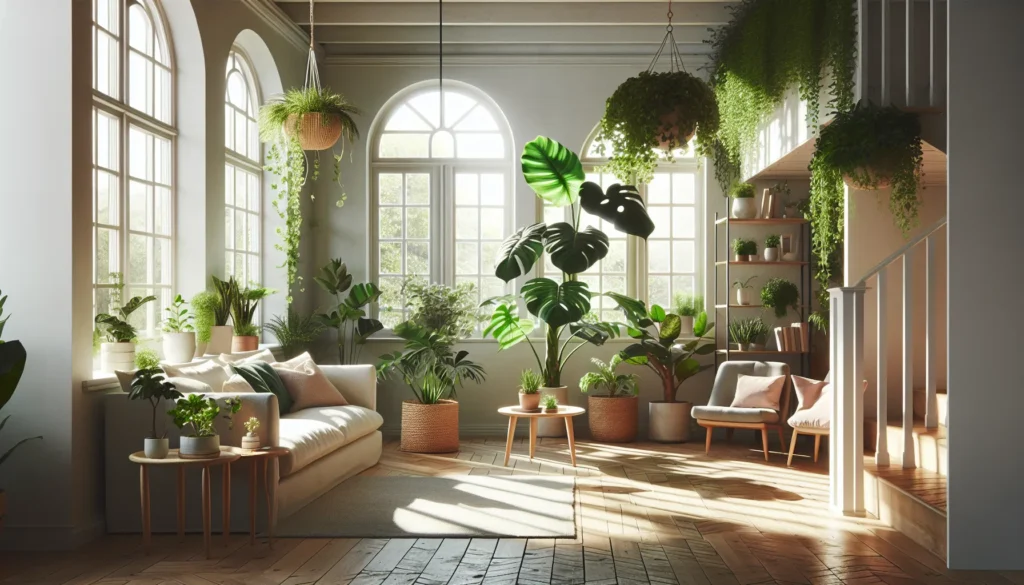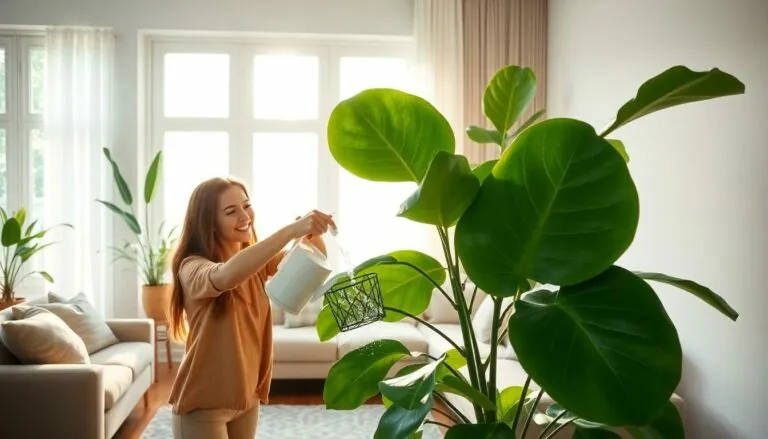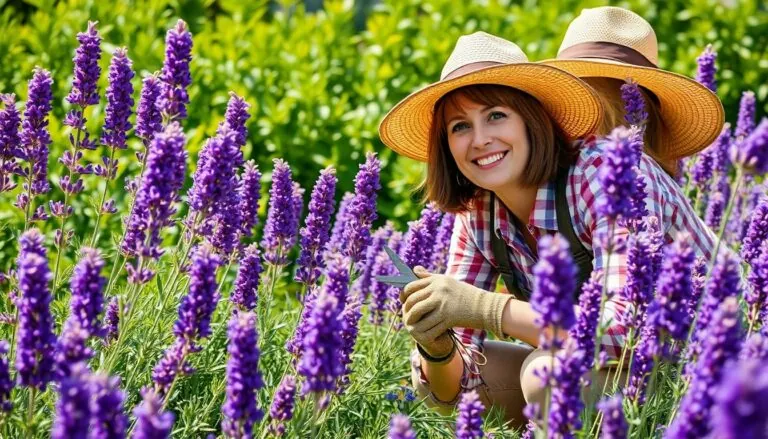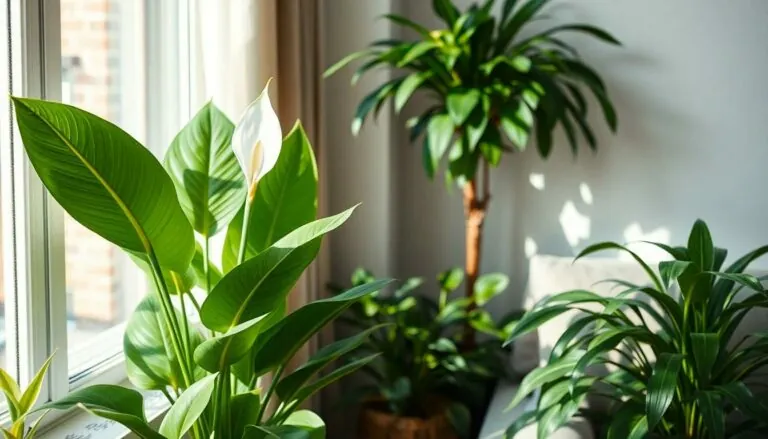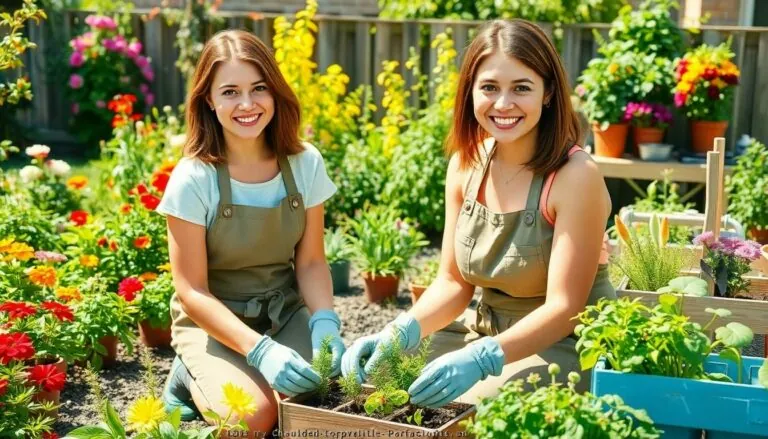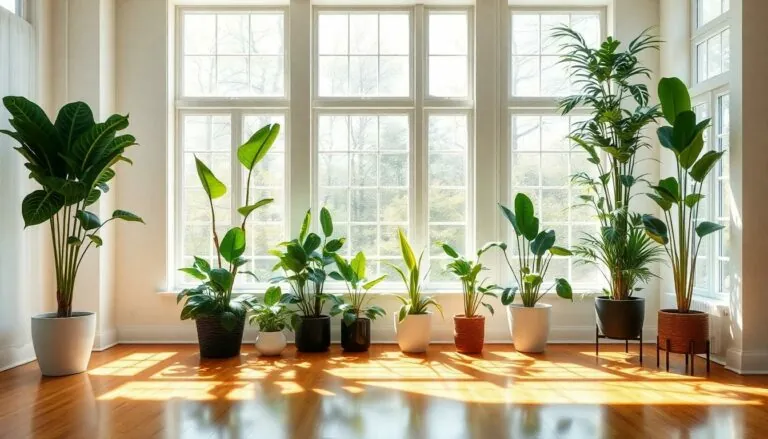Table of Contents
ToggleIndoor plants are like that friend who insists on having a humidifier in their room—always needing a little extra love and moisture to thrive. If you’ve ever watched your beloved green companions droop like they just heard a bad joke, you know the struggle is real. Enter the indoor humidifier, the superhero your plants didn’t know they needed.
With the right humidifier, you can transform your dry indoor air into a tropical paradise, making your plants feel like they’re on a permanent vacation. Not only will they perk up and show off their vibrant colors, but they’ll also help improve the air quality in your home. So, if you want to keep your leafy friends happy and healthy while adding a touch of humidity to your life, it’s time to consider investing in a humidifier for your indoor garden.
Benefits Of Using A Humidifier For Plants Indoor
A humidifier significantly boosts the health of indoor plants by providing essential moisture. Maintaining optimal humidity creates a thriving environment for various types of plants.
Improved Plant Health
Plants flourish in humidity-rich environments, leading to vibrant foliage and enhanced growth. Leaf drooping or browning often indicates insufficient moisture, which humidifiers can easily remedy. Regular use of a humidifier encourages stronger root systems and prevents issues like leaf curl. Fungal infections or pests diminish when humidity levels are properly controlled. Nutrient uptake by plants increases, resulting in more resilient specimens.
Optimal Humidity Levels
Optimal humidity levels for many indoor plants range from 40 to 60 percent. Achieving this balance promotes healthy growth and enhances photosynthesis. A humidifier can seamlessly maintain consistent moisture without the need for constant monitoring. Frequent fluctuations in humidity can stress plants, negatively impacting their overall health. Many plants, such as ferns and tropical species, thrive specifically in humid conditions, making humidifiers essential in dry climates. By cultivating an environment with the right humidity, plant enthusiasts foster healthier and more vibrant indoor gardens.
Types Of Humidifiers Suitable For Indoor Plants
Different types of humidifiers cater to the needs of indoor plants. Selecting the right one can enhance plant health and create an optimal environment.
Cool Mist Humidifiers
Cool mist humidifiers disperse a fine, cool mist into the air, effectively raising humidity levels. These devices are energy efficient and operate quietly, making them ideal for small spaces and bedrooms. They help alleviate dryness without heating the air. Plants benefit from increased humidity, which prevents issues like browning leaf tips and encourages healthy growth. Two main types include ultrasonic and evaporative humidifiers. Ultrasonic models use high-frequency sound vibrations to create mist, while evaporative models utilize a fan to evaporate water. Both types effectively maintain humidity levels between 40 and 60 percent, promoting optimal conditions for thriving indoor plants.
Warm Mist Humidifiers
Warm mist humidifiers release warm steam, effectively increasing humidity levels in the surrounding area. These units can help eliminate bacteria and impurities from the water. The warmth produced can be beneficial during colder months, as it aids in raising the overall temperature in the room. Various plants, such as tropical species, thrive in warm environments, making these humidifiers an excellent choice. Steam vaporizers and warm mist models are common types. Steam vaporizers boil water to create steam, while warm mist models heat water without boiling. Maintaining humidity levels within the desired range supports plant health and vigorous growth.
Factors To Consider When Choosing A Humidifier For Plants Indoor
Selecting a suitable humidifier for indoor plants involves several key factors. These considerations can ensure an optimal environment for plant health.
Size And Capacity
Size and capacity play a crucial role when choosing a humidifier. A larger unit can cover more space, benefiting multiple plants at once. Small models suit limited areas, ideal for a few select plants. Assess the room’s size to determine the right capacity. Humidifiers often list coverage area in square feet. For instance, a 500 square foot model works well in medium-sized rooms, while a smaller 200 square foot unit fits cozy spaces. Additionally, consider the water tank capacity. Large tanks require less frequent refilling, minimizing maintenance. Compact tanks may need daily replenishing, particularly in dry environments.
Noise Level
Noise level impacts comfort in living spaces with plants. Quiet humidifiers operate discreetly, allowing for peaceful enjoyment of the indoor environment. Ultrasonic humidifiers typically produce minimal sound, making them great for bedrooms or living areas. Evaporative models may generate a gentle fan noise, which some users find soothing. On the other hand, steam vaporizers can be louder due to boiling water. Check product specifications for decibel levels to ensure noise won’t disrupt daily life. Selecting a model that suits personal preferences helps maintain a serene atmosphere while enhancing plant health.
Maintenance Tips For Humidifiers
Proper maintenance ensures longevity and optimal performance of humidifiers, promoting healthy indoor plants.
Regular Cleaning
Cleaning the humidifier regularly prevents mold and bacteria buildup. At least once a week, empty any remaining water and wipe down the tank with a soft cloth. Use a mixture of water and vinegar to thoroughly disinfect. Monthly, perform a deeper clean by removing mineral deposits with vinegar. Always rinse multiple times to ensure no cleaning residue remains. Proper maintenance keeps the air pure, allowing plants to breathe easily.
Water Quality
Using clean water significantly impacts the efficiency of a humidifier. Tap water often contains minerals that might lead to build-up and white dust. Consider using distilled or demineralized water instead for optimal results. Checking the manufacturer’s recommendations can provide guidance on the best water type. Filtering or treating water ensures the humidifier operates smoothly and helps maintain healthier plants.
Investing in a humidifier for indoor plants can make a significant difference in their overall health and vitality. By creating an optimal humidity environment, plants can thrive and flourish, showcasing vibrant foliage and robust growth. It’s essential to choose the right type of humidifier based on space and plant needs while maintaining it regularly to ensure peak performance.
With proper care and attention to humidity levels, indoor gardening can transform into a rewarding experience. A humidifier not only supports plant health but also enhances air quality, making living spaces more enjoyable. Embracing this simple yet effective tool can lead to a thriving indoor garden, even in challenging climates.

